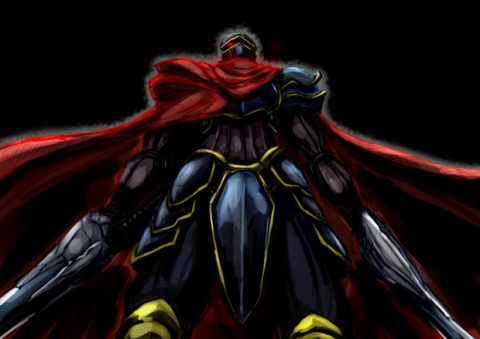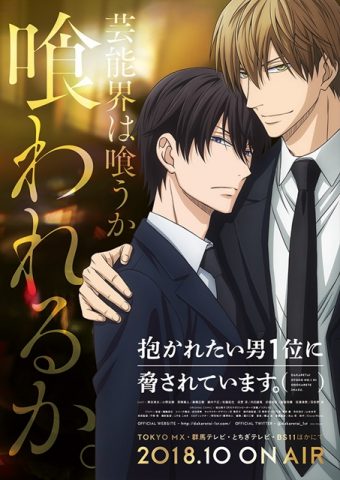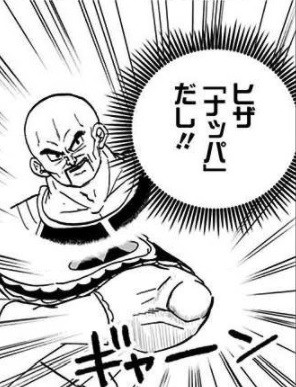This year, Asu-chan's Sailor Uniform will be adapted into an anime. Perhaps its greatest appeal lies in the story structure in which the protagonist, Asu-chan, uses her naturally cheerful personality to unknowingly resolve the complexes and worries of her classmates. I'm sure many readers have read this work on a day when they've had a bad day and been cheered up by Asu-chan's cheerfulness, just like Asu-chan's classmates who appear in the story. This work is a source of energy for many fans, but did you know that there are also quite a few people who describe it as "creepy"? In this article, I'd like to explore why reviews of this work are so polarized, comparing it with other works.
Why does the anime seem "creepy"?

It seems like people are polarized when it comes to this work: those who enthusiastically recommend it, saying, "It was an amazing work!", and those who reject it, saying, "It was so disgusting I couldn't watch it." It's rare for a work to provoke such divided reactions from readers, but why do some readers reject it?
People Who Enjoy Anime and Those Who Don't
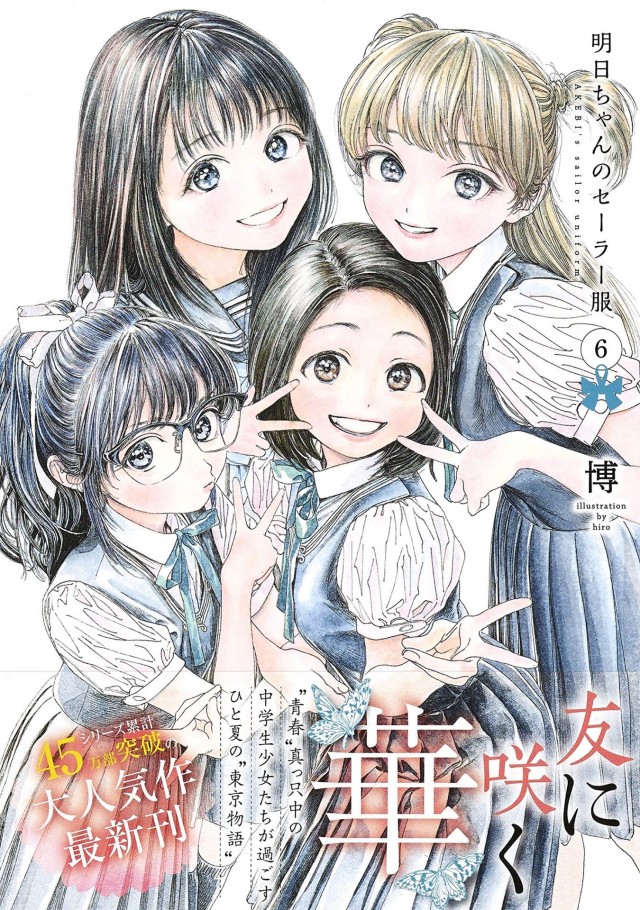
This issue ultimately leads to the question of what the difference is between those who enjoy anime and those who don't. By exploring why this work's reviews are so polarized, I would like to go even deeper and ask, "What is the difference between the perspectives of viewers who can't enjoy anime and those who can?"
Element 1: Depth of Expression
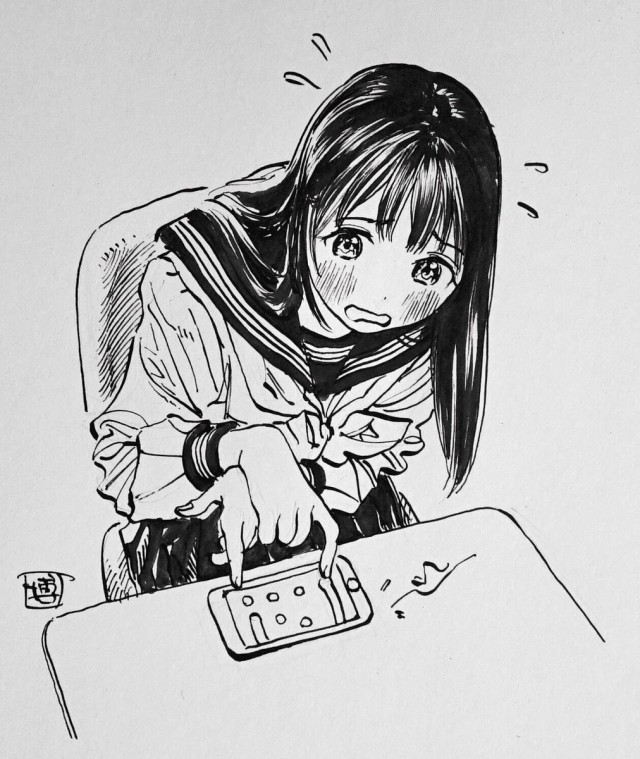
First of all, perhaps the biggest difference between regular dramas and anime is the depth of character emotional expression. Naturally, anime works cannot express the same level of character emotion in detail as dramas. In dramas, actors frequently change their facial expressions to express the characters' complex emotions. However, in anime, it's not possible to constantly change the character's facial expressions in such detail. This can make anime characters seem shallow and doll-like to viewers who have been watching dramas for a long time.
Element 2: Voice Actors and Actors

Of course, voice actors, who perform with a deep, lifelike quality, also play a vital role in expressing characters. However, even the most vocally skilled professionals cannot match the range of expression of actors, who use complex expressions including gestures and subtle facial expressions.
Element 3: Comparison with Dramas and Theater
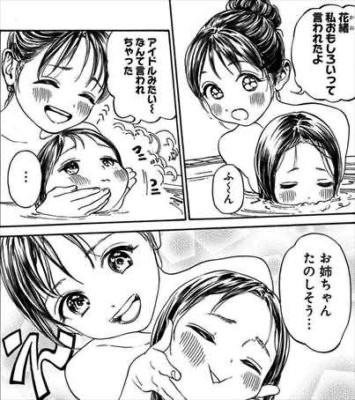
For those accustomed to watching dramas and theater, where real actors are involved, they are presumed to appreciate works that convey complex human emotions. Therefore, when they watch this animation, they may find the characters' emotions less profound than other works, making it seem somewhat boring, or even, like this work, unsettling.
Why do some people find this work "unsettling"?

So far, we've introduced the differences in the depth of expression between animation and other live-action works, and explained why animation tends to be viewed with distaste. From here, we'll take a closer look at this work, "Asuka-chan's Sailor Suit."
Asuka-chan's lack of a "hidden secret"?
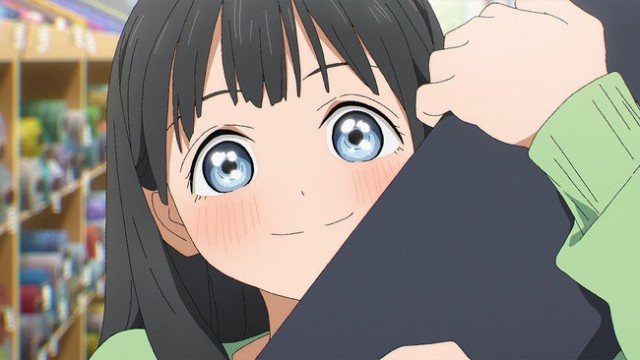
Asa-chan, who appears in this work, is a particularly honest character among the many characters that appear in anime. In other words, she is an incredibly kind girl, but in this work, she does not portray any significant negative emotions. As a result, viewers who are used to seeing the complex emotional changes portrayed by real people may find her character somewhat shallow.
The appeal of school-themed stories that anime can't fully capture
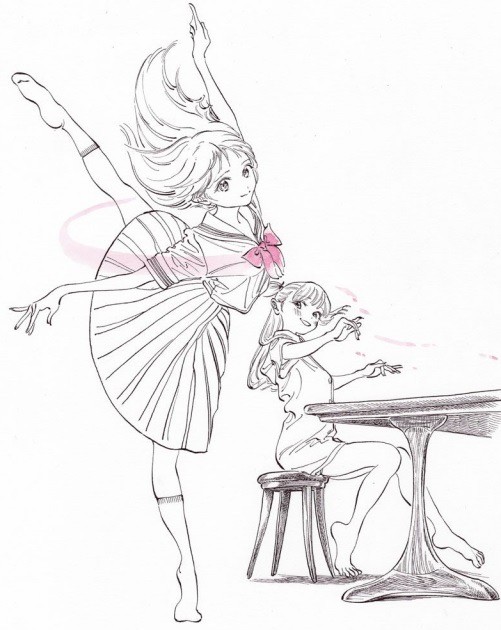
Animation is, after all, just pictures, so it can't express the complex emotions that change in a fraction of a second. Furthermore, the school-themed genre must depict the interactions between girls going through the complex emotional growth of adolescence. For this reason, it's extremely difficult to portray the complex emotional entanglements typically depicted in dramas in animation.
Anime that Everyone Can Accept
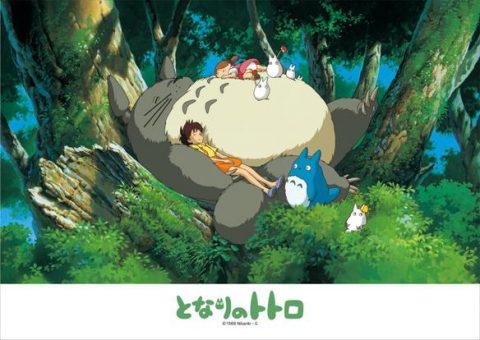
As explained above, things that are possible in live-action films are often difficult to achieve in animated works. This is why people tend to like or dislike anime. However, even in this situation, there are some anime works that are accepted by almost all Japanese people. From here, I would like to introduce the ingenuity behind these works.
Ghibli Films
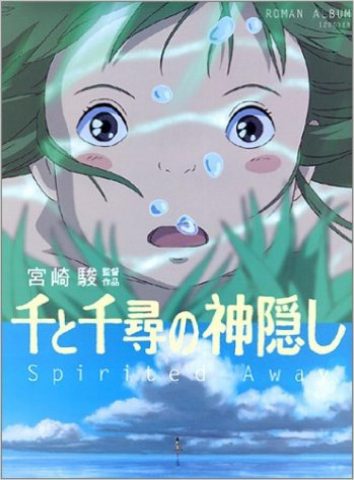
First and foremost, when it comes to anime that appeals to everyone, Studio Ghibli films probably come to mind. Studio Ghibli is known for its meticulous portrayal of characters' emotions, which seem almost lifelike, while also consistently conveying deep messages through its narrative structure. In particular, Hayao Miyazaki's masterpiece, "Spirited Away," pursues a depth of expression unique to animation that even live-action films cannot achieve.
Makoto Shinkai's Works
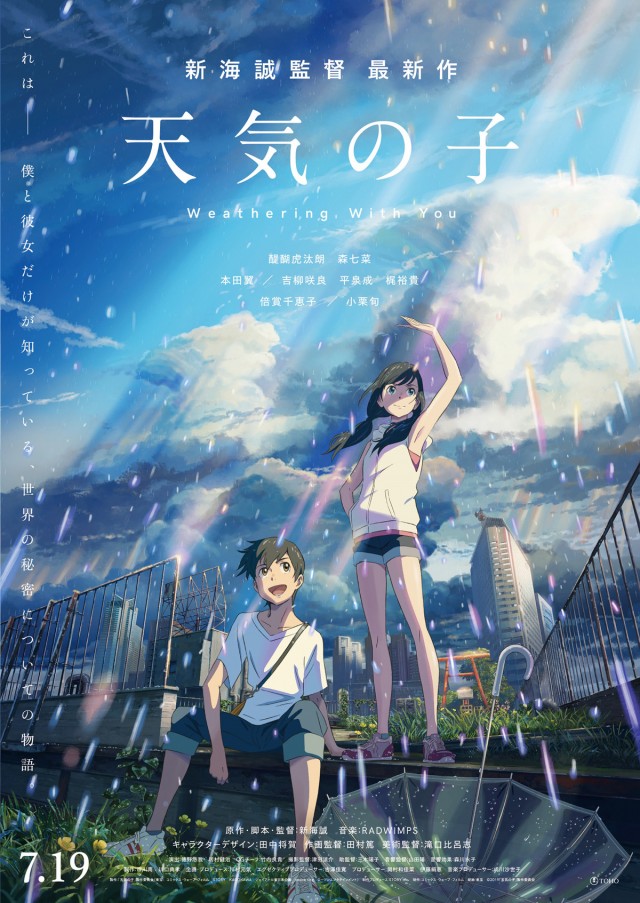
Director Makoto Shinkai's works have been gaining attention in recent years and are supported by a huge fan base. What sets his work apart is his attempt to portray things even more beautiful than reality, using even more detailed and delicate images than Ghibli films. Taking advantage of the weakness of anime, which tends to be shallower than live-action films, Shinkai's works are quite adventurous, attempting to depict more complex expressions than live-action films.
Hideaki Anno's Works

Hideaki Anno's works have been gaining more attention in recent years thanks to his latest film, Neon Genesis Evangelion, and they are also widely accepted anime works. What's unique about Anno's work is that he doesn't just focus on anime, but also actively works on live-action films, such as "Shin Godzilla." As a result, his works incorporate both live-action and anime elements, incorporating expressive techniques from live-action films and compositions that are unique to anime.
Why are there works that are accepted by everyone?
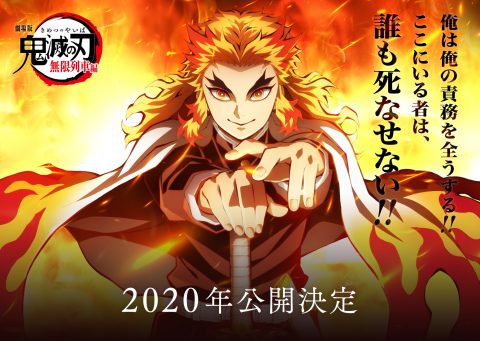
From here, I would like to consider how "works that are said to appeal to everyone," as explained above, are created.
Depicting things that can only be depicted in anime
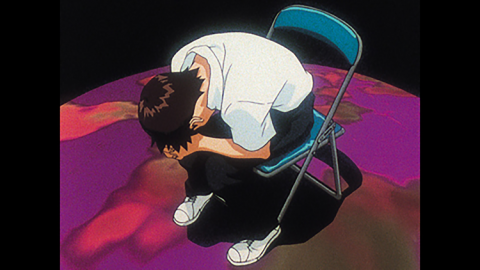
What the anime works discussed above have in common is their pursuit of things that can only be depicted in animation. Animation is not adept at depicting the subtleties of a character's facial expressions or the emotional changes that occur over time. However, animation excels at composing the overall picture and portraying the human drama that unfolds when multiple characters are placed together.
How do you enjoy anime?

Keeping in mind that animation has its own merits, and that other works have their own merits, will help you enjoy animation even more.
How to Enjoy "Asa-chan's Sailor Uniform"

So far, I've used popular anime works as examples to highlight the advantages of anime and live-action works. From here, I'd like to apply this to "Asa-chan's Sailor Uniform" and explain how to enjoy it.
A Story of Liberating Complexes
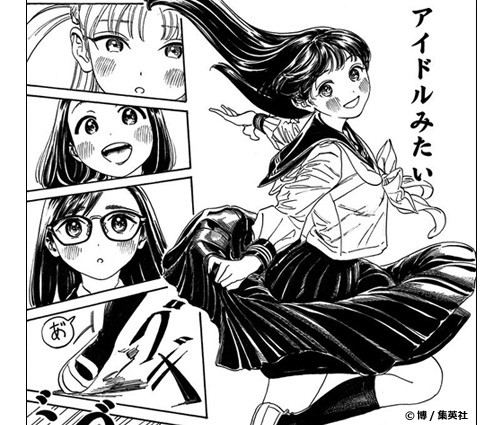
First and foremost, the appeal of this work isn't the emotional changes of each individual character. It's the story progression, in which Asu-chan, a truly cheerful character, liberates the complexes of those around her. Therefore, rather than watching Asu-chan's growth, I recommend watching this work to focus on how Asu-chan helps her classmates.
The Main Characters are the Classmates
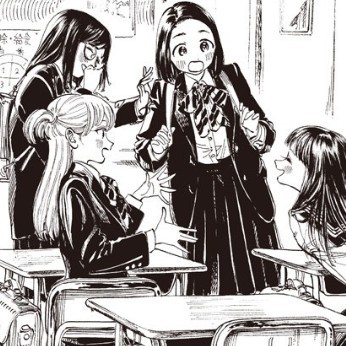
In other words, the main characters of this work are the classmates. Their worries and growth are written in a way that readers can empathize with. Therefore, if you focus on Asu-chan, who exists only to get the main classmates, her change is too minimal, and the coming-of-age story feels weak.
Asuka's Malice
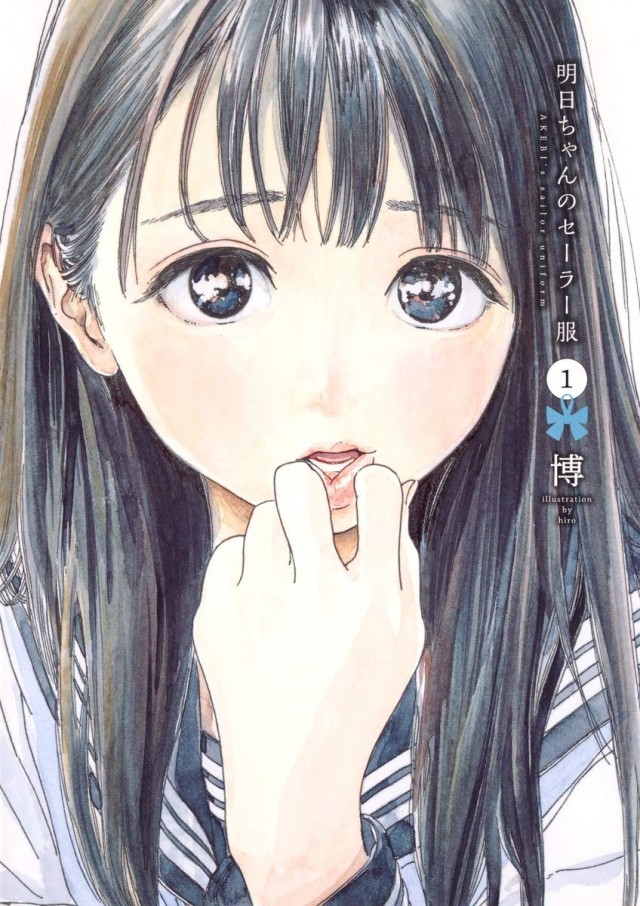
In particular, this work depicts many scenes in which Asuka's genuinely cheerful personality ends up hurting others. For example, she rushes into a dangerous place to retrieve something important to Kizaki-san, and her purity leaves those around her perplexed, wondering, "How can she act so wildly?" It also leaves others feeling pessimistic and thinking, "I'll never be like Asuka." Despite Asuka's genuinely cheerful and perfect personality, the series often depicts characters who are hurt by comparing themselves to others who are unable to match her.
Detailed Character Drawings

Just as some classmates are encouraged and helped by Asu-chan's bright and strong personality, there are also characters whose own complexes are sometimes stimulated by Asu-chan's personality, causing them to become depressed. Perhaps the greatest appeal of this series is the detailed depiction of each character's emotions.
If you pay attention to the classmates, this series isn't so creepy!
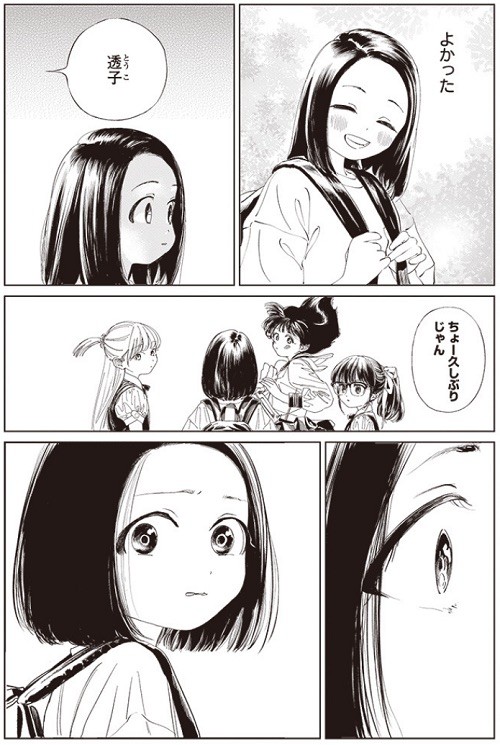
Many people who find this series creepy tend to have a strong ability to interpret complex character emotional changes, thanks to having watched live-action versions. Therefore, seeing Asu-chan, who has no hidden emotions, can be somewhat creepy. However, the greatest feature of this series is that it doesn't place the emotional changes in Asu-chan herself. Rather, it is the presence of Asu-chan, a perfect being, that causes the unstable classmates around her to waver and, at times, be encouraged. If you found this series creepy, I urge you to rewatch it and pay more attention to Asu-chan's classmates.
Summary
What did you think? This time, we've been discussing the "creepy" opinions about "Asuka-chan's Sailor Uniform." While many people may be confused by Asuka-chan's overly innocent and ulterior motives, the appeal of this work isn't Asuka-chan, but the relationships she has with her classmates. We encourage you to rewatch the series with this in mind. You might even come up with new thoughts about it that you hadn't had before.

